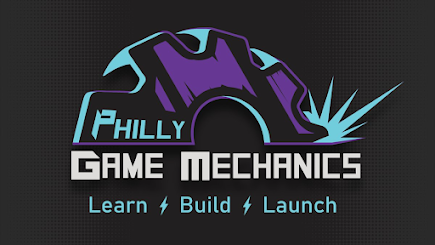Why Prototyping Is Crucial in Mobile Game Design

Mobile games are everywhere. Getting recognized is more difficult than ever because thousands of new games are released each month into app stores. Having a great idea is a solid start, but turning that idea into something players enjoy. That’s the real challenge in Mobile game design . This is where prototyping plays a key role. Prototyping helps developers test ideas early, identify problems quickly, and build a better, more polished version. In this post, we’ll break down why prototyping is so important in the mobile design process of a game. What Is Prototyping? Prototyping is building a rough, early version of your game, just enough to see how the main parts work. It’s not meant to be perfect or pretty. You’ll often use simple shapes, temporary graphics, and basic animations. The gameplay experience is prioritized over the graphics. The goal? To find out if it is fun, intuitive, and functioning the way you imagine. You don’t need all the levels or finished art, just something peop...




